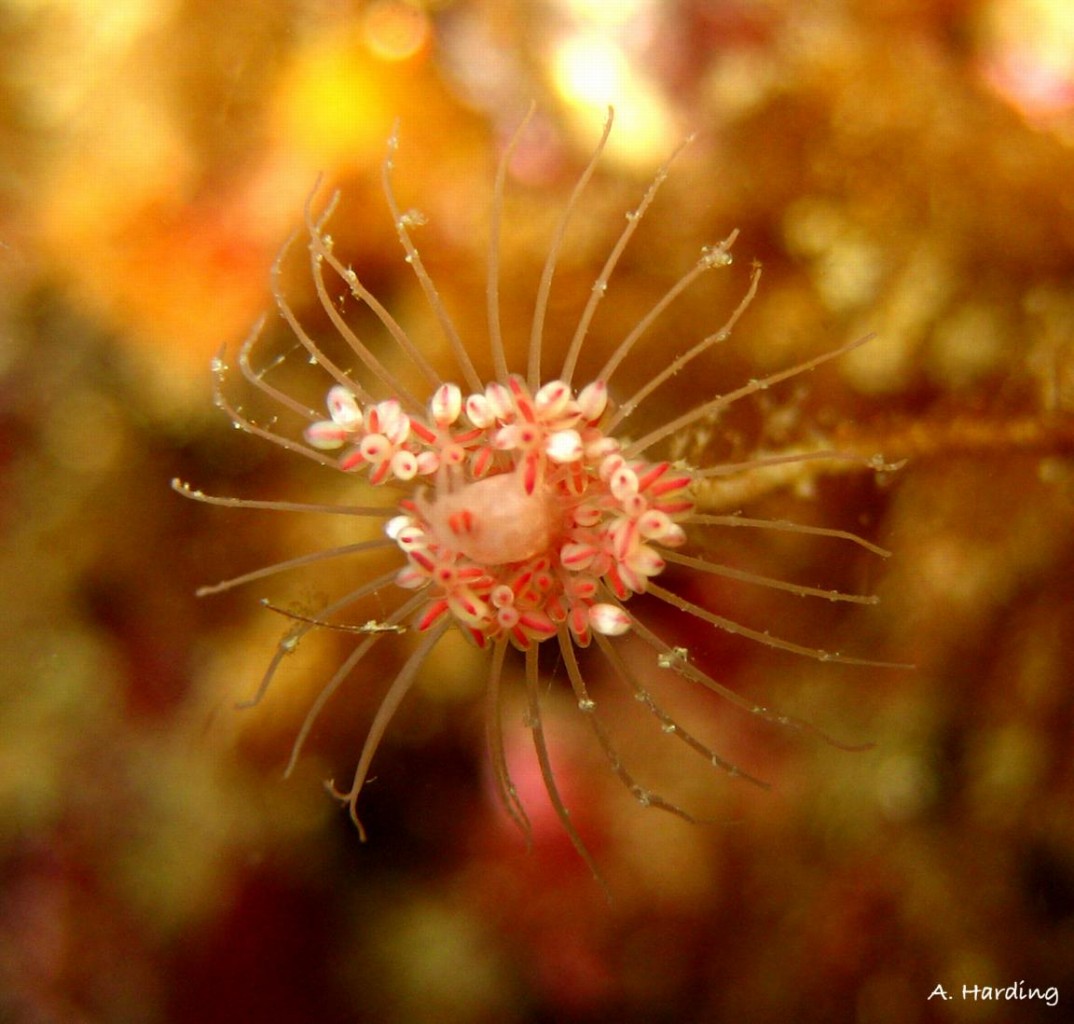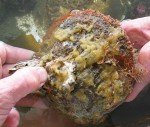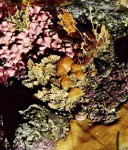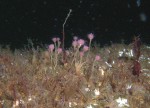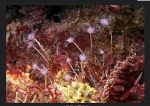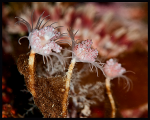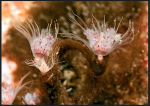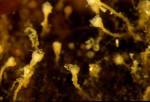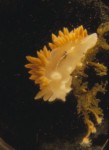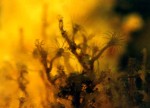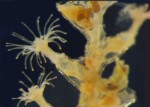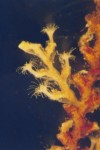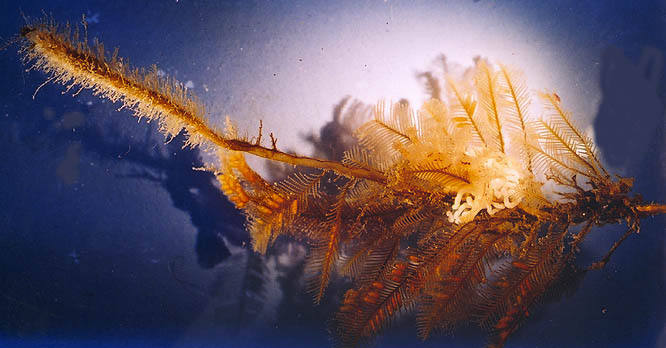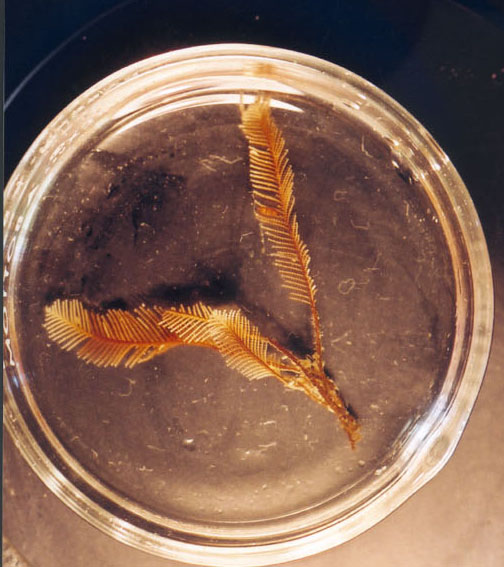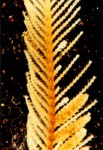TEMPERATURE: Max. 16.5 ºC »» Min. 5.7 ºC »» Reset 10.3 ºC »» Hi – Low and Totals For April »» Hi 16.5 ºC day 30 »» Low 3.1 ºC day 08 »» Total Rain 61.7 mm »» No snow
MARINE LIFE: 3 bald eagles( 1 juvenile ) With the very low tide this morning it was a seafood buffet for the birds and otters.Watched two determined gulls try to drag a large fish carcass that looked like a ling cod, out of water on to the rocks.They worked at this for over 20 minutes to no avail. Suddenly out of the fog the young eagle landed 2-3 metres away from the gulls which moved out of the way. The big bird had little trouble getting the fish carcass up on the rocks where it had a better hold then spent about 15 minutes feeding, all the while the gulls were getting more brazen, moving closer to maybe take back the fish.Not about to share, the eagle took off towards the southeast rocks with the tail of the fish in it’s talons and the fish head bouncing off the water surface several times before it was completely airborne. When the eagle had it’s fill the gulls and crows moved in to scrounge what they could.
HUMAN INTERACTION: 2 Ecotour boats and 3 Pleasure craft through the reserve today.
posted by Carol or Mike S at 6:18 PM

